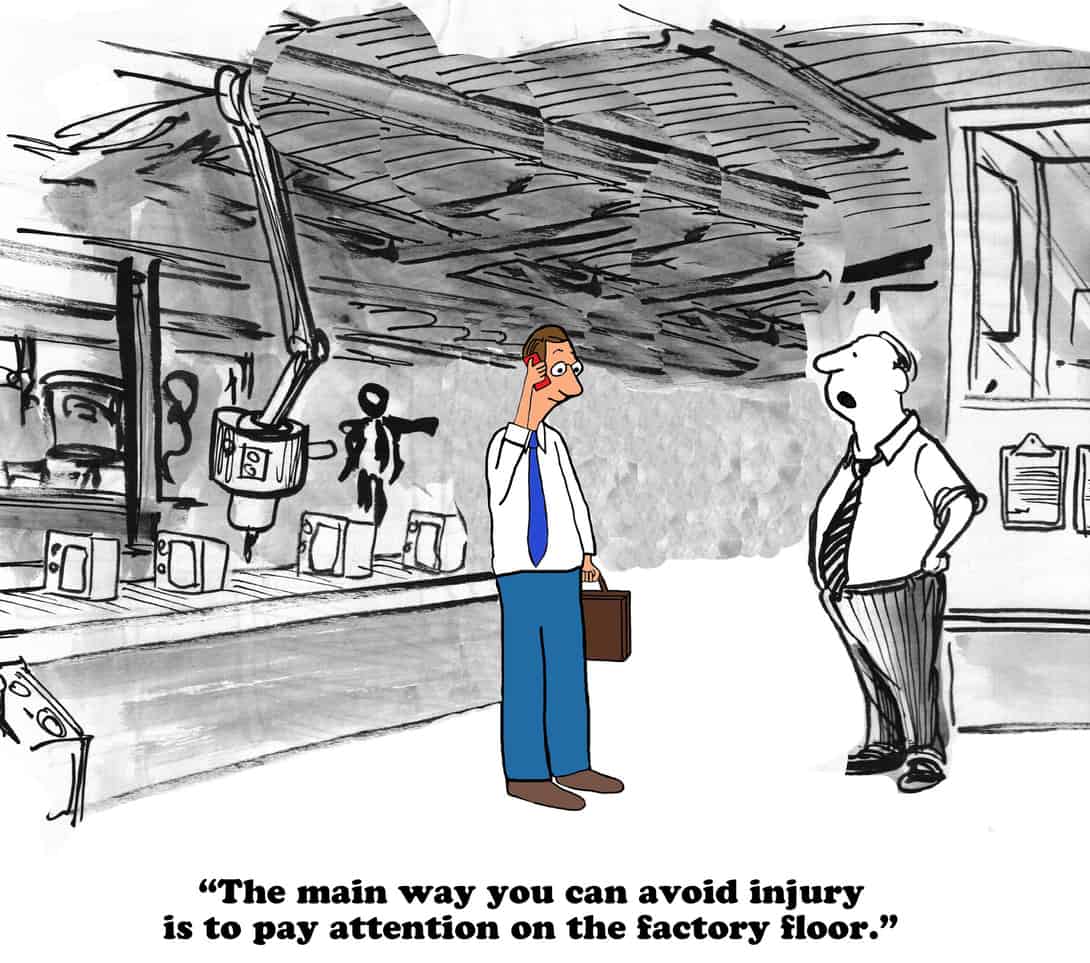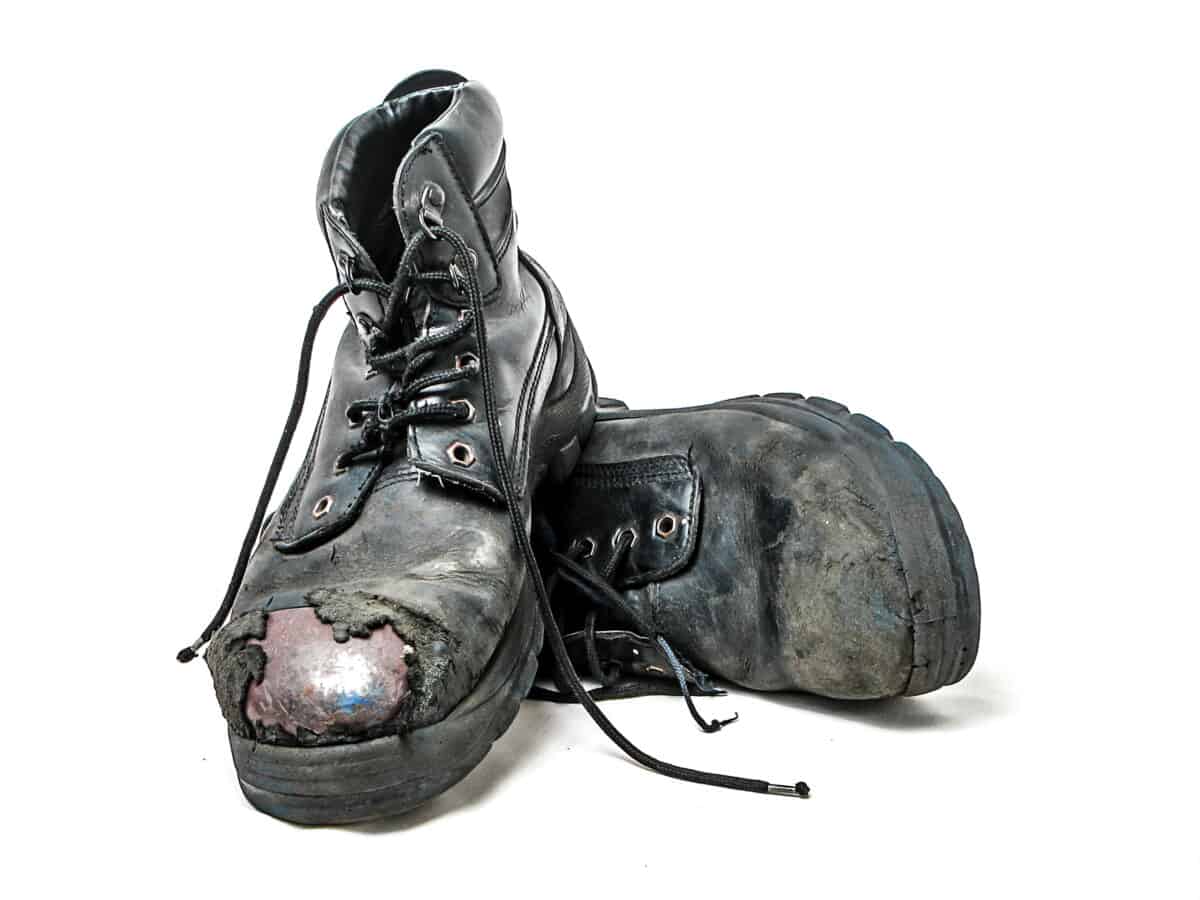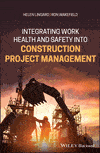Jessie Singer published her book called “There Are No Accidents” last year. It is a pivotal book about safety and our understanding of the social and legal impacts of calling tragic events “accidents”. On June 13 2023, Singer spoke on Carnegie Council’s From Another Angle podcast about her book and the consequences of its publication.
“Accident” is less used in modern media descriptions of incidents involving serious injuries and fatalities than in the past. The term implies an unavoidable consequence or undeterminable cause of a tragic event. The traditional use absolves anyone of responsibility or accountability and, consequently, stymies the deep analysis of causes required if such incidents are to be prevented in the future. The term is the antithesis of occupational health and safety (OHS) approaches which should always start from the aim of harm prevention.





